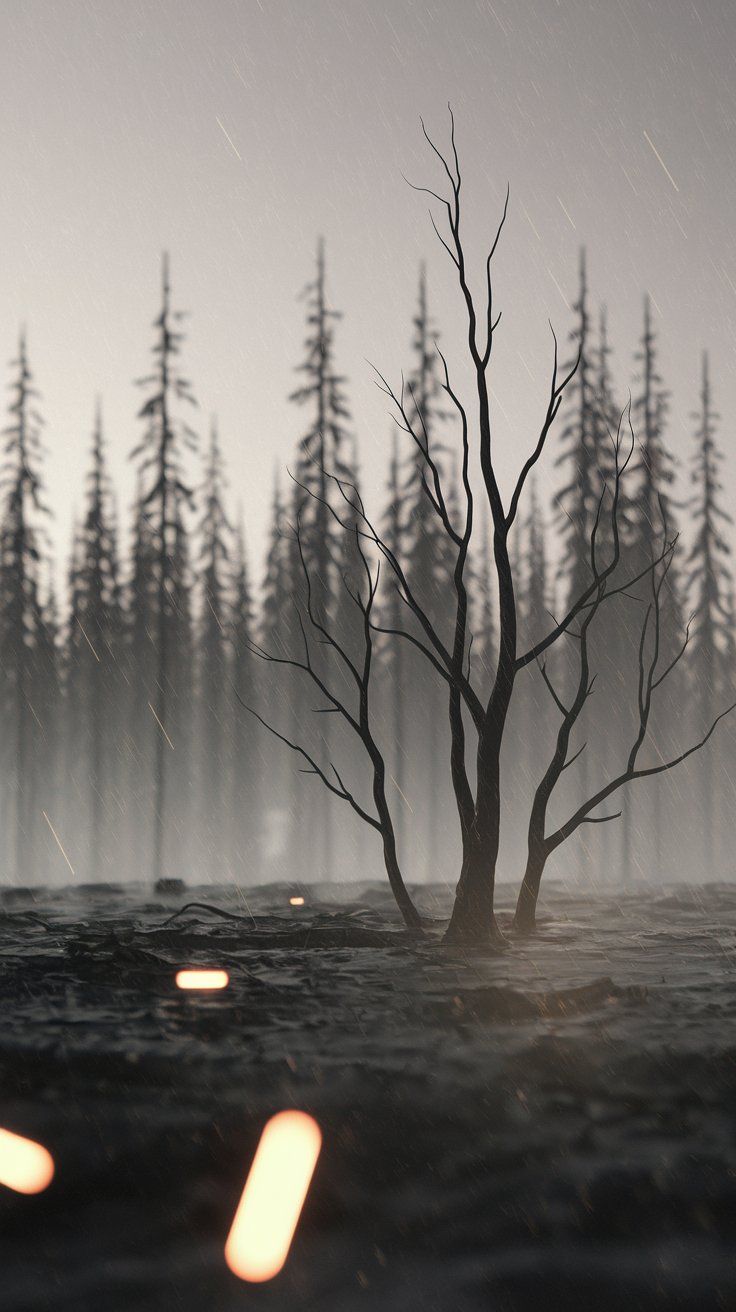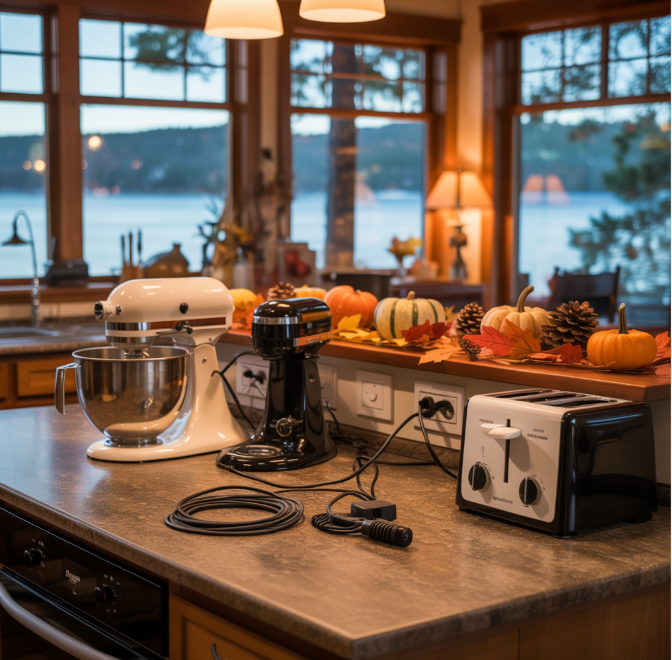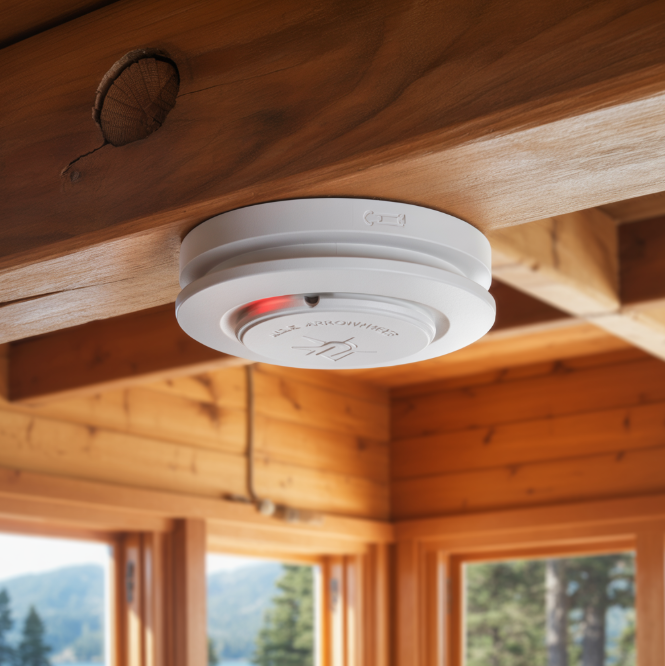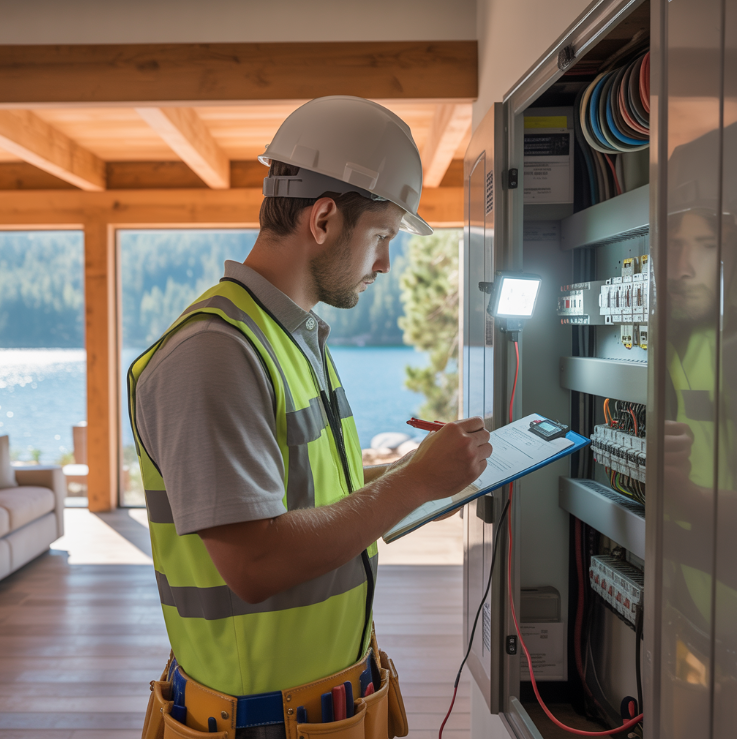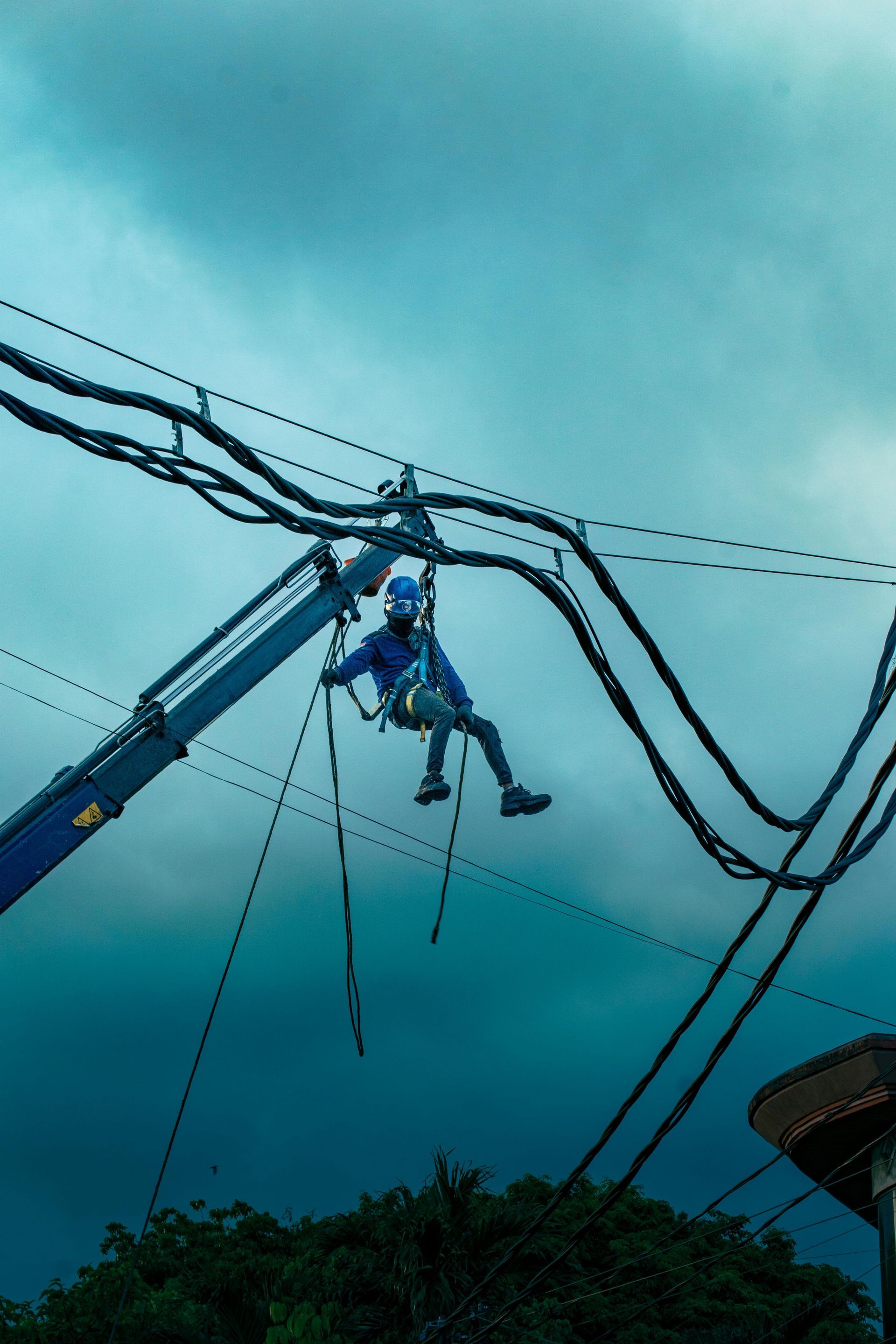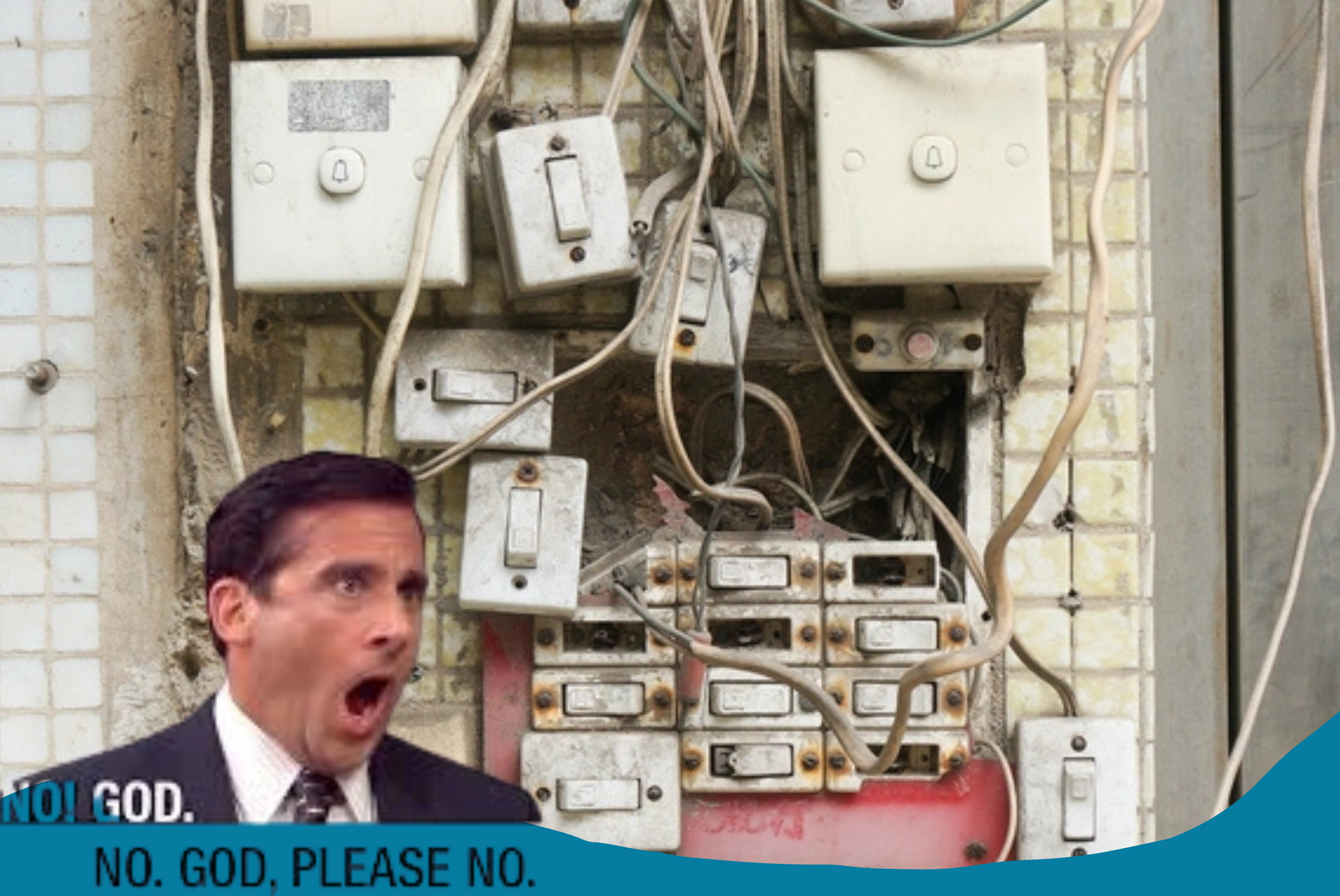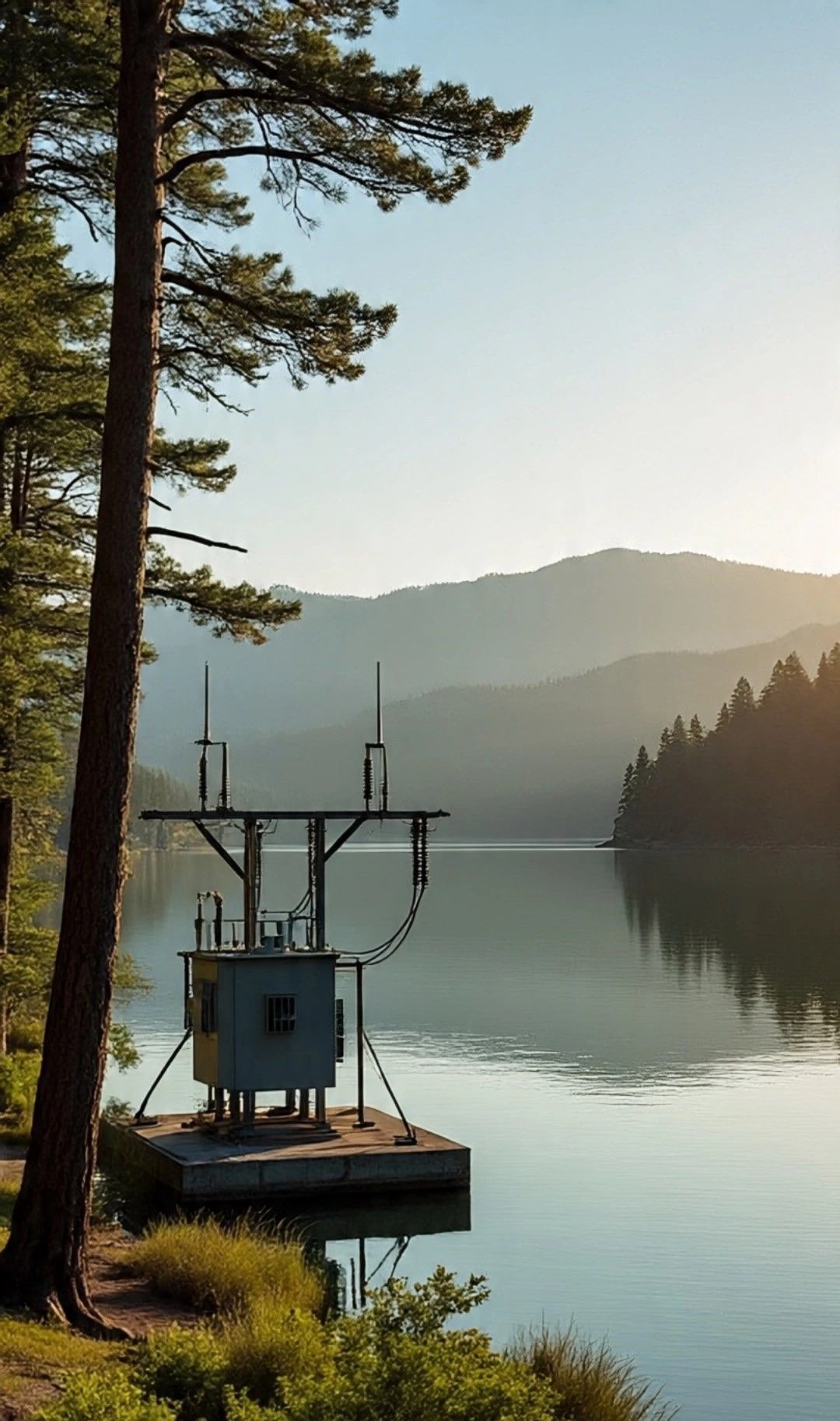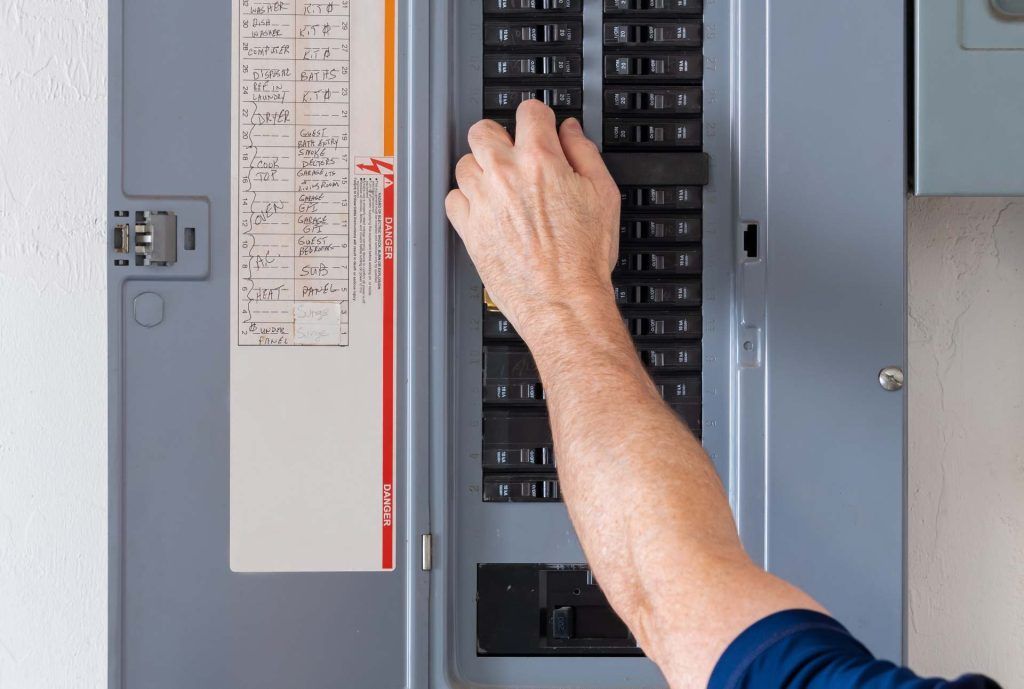Living in Lake Arrowhead means preparing for winter storms, heavy snowfall, and the unique electrical challenges that come with mountain living. While the changing seasons bring spectacular views and fresh mountain air, they also put significant stress on your home's electrical system.
Every year, our team at Lake Arrowhead Electrical responds to dozens of emergency calls that could have been prevented with early detection. The difference between a minor repair and a dangerous electrical fire often comes down to recognizing warning signs before they escalate.
In this guide, we'll walk through the five critical warning signs that your Lake Arrowhead home needs immediate electrical attention—and why waiting until winter hits could put your family and property at risk.
1. Frequent Circuit Breaker Trips (Especially When Using Heaters)
The Warning Sign: Your circuit breaker trips repeatedly, particularly when you turn on space heaters, your HVAC system, or other high-draw appliances.
Why It's Dangerous: Circuit breakers trip to protect your home from electrical overload and potential fires. If your breaker trips occasionally, it's doing its job. But if you're resetting breakers multiple times per week—or worse, multiple times per day—your electrical system is telling you something is seriously wrong.
In Lake Arrowhead homes, this problem intensifies during winter. Older cabins built in the 1960s-1980s typically have 60-100 amp electrical panels designed for far less power consumption than modern households require. When you add space heaters, electric blankets, heated mattress pads, and your regular appliances, you're asking your electrical system to carry a load it was never designed to handle.
What Happens If You Ignore It: Repeatedly resetting breakers without addressing the underlying problem can lead to:
Overheated wiring inside your walls
Deteriorating breaker contacts that eventually fail to trip when needed
Electrical fires starting behind walls where you can't see them
Damage to expensive appliances and electronics
Many Lake Arrowhead homeowners try to "work around" overloaded circuits by rotating which heaters they use or being careful not to run multiple appliances simultaneously. This isn't a solution—it's a daily gamble with your home's safety.
The Solution: A licensed electrician should evaluate your electrical panel capacity and circuit distribution. You may need:
A panel upgrade from 100 to 200 amps
Additional dedicated circuits for high-draw appliances
Load balancing across your existing circuits
Replacement of worn breakers
The investment in a proper electrical upgrade is far less than dealing with fire damage or rebuilding after a loss.
2. Lights Dimming or Flickering (Even When the Wind Isn't Blowing)
The Warning Sign: Your lights dim when you turn on the microwave, start the vacuum cleaner, or cycle the refrigerator. Or you notice flickering lights throughout the house with no obvious cause.
Why It's Dangerous: Dimming and flickering lights point to several potential problems, all of them concerning:
Loose Connections: The most common cause in Lake Arrowhead mountain homes. Temperature fluctuations cause expansion and contraction in electrical connections. Over time, wire connections loosen at outlets, switches, and inside your electrical panel. Loose connections create resistance, which generates heat. That heat can eventually ignite surrounding materials.
Undersized Wiring: Older homes may have wiring that's too small (insufficient gauge) for the electrical load it's carrying. When high-draw appliances kick on, the voltage drop becomes visible as dimming lights.
Damaged Service Connection: The connection point where power enters your home from the utility line can corrode or loosen, especially in mountain weather conditions with moisture, snow, and ice.
Overloaded Circuits: When too many devices share a single circuit, voltage drops occur every time something turns on.
What Happens If You Ignore It: Loose electrical connections are responsible for thousands of house fires every year. The connection point heats up, damages the surrounding insulation, and eventually creates an arc that ignites combustible materials. By the time you smell smoke, the fire has already started inside your walls.
The Solution: Don't wait to address flickering or dimming lights. A thorough electrical inspection can identify:
Loose connections throughout your home
Corroded wiring or outdated wire types (like aluminum wiring)
Inadequate circuit distribution
Issues with your main service entrance
Some flickering is normal during wind storms or power surges, but consistent flickering in normal conditions requires immediate professional evaluation.
3. Outlets or Switches That Are Warm to the Touch
The Warning Sign: When you touch an outlet, light switch, or electrical panel, it feels warm or hot. You might also notice discoloration around outlets or a faint electrical smell.
Why It's Dangerous: Electrical components should never be warm under normal operating conditions. Heat indicates that something is wrong:
Loose Connections: Just like with flickering lights, loose wire connections inside outlets and switches create resistance and heat.
Overloaded Circuits: Outlets on overloaded circuits can heat up from carrying too much current.
Deteriorating Components: Outlets and switches have a lifespan. In Lake Arrowhead's older homes, you may have outlets that are 30, 40, or even 50 years old. The internal contacts wear down over time, creating poor connections that generate heat.
Damaged Wiring: Rodents, particularly in mountain cabins, can damage wiring behind walls. Damaged insulation can create hot spots that eventually lead to fires.
What Happens If You Ignore It: Warm outlets and switches are often the last warning sign before an electrical fire. The heat will continue to build, eventually melting wire insulation, igniting nearby wood framing, or causing the outlet itself to catch fire.
Insurance investigators frequently trace house fires back to overlooked warning signs like warm outlets that homeowners noticed but didn't address.
The Solution: Stop using any outlet or switch that feels warm immediately. Don't plug anything into it, and flip the circuit breaker off if possible until an electrician can inspect it.
A professional will:
Inspect the outlet or switch and all associated wiring
Test for proper grounding and voltage
Replace damaged components
Ensure circuits aren't overloaded
Look for broader electrical system problems that may be affecting multiple outlets
This is not a DIY situation. Even if the outlet seems to work fine, the hidden damage could be extensive.
4. Burning Smell or Scorch Marks Near Electrical Components
The Warning Sign: You smell burning plastic, rubber, or an acrid electrical odor near outlets, switches, or your electrical panel. You might also see blackened or discolored areas around electrical components.
Why It's Dangerous: A burning smell is your home's final alarm before a fire. It means electrical components or wiring insulation is already burning. The smell indicates that:
Wiring Insulation is Melting: Overheated wires have reached temperatures high enough to melt the plastic or rubber insulation. Once that insulation fails, exposed wires can arc and ignite surrounding materials.
Circuit Breakers Are Failing: A burning smell from your electrical panel means breakers or bus bars are overheating—often because the panel itself is outdated or damaged.
Short Circuits: Damaged wiring can create short circuits that generate intense heat and characteristic burning odors.
Scorch marks or discoloration around outlets indicate that arcing or excessive heat has already occurred. The damage you can see is usually just a small indication of the hidden damage inside the wall.
What Happens If You Ignore It: There is no safe way to ignore burning electrical odors. This is an emergency situation that requires immediate action. Continuing to use an electrical system that's producing burning smells will result in fire. It's not a matter of "if" but "when."
The Solution: If you smell burning or see scorch marks:
Turn off power at the circuit breaker if you can safely do so
Call an emergency electrician immediately—this cannot wait until regular business hours
Don't use the affected circuit until it's been professionally inspected and repaired
Consider having your entire electrical system evaluated because one problem often indicates broader issues
Lake Arrowhead Electrical
provides emergency service because we understand that electrical fires don't wait for convenient timing. When you call with an electrical emergency, we respond quickly to protect your home and family.
5. Your Home Still Has an Old Fuse Box or Federal Pacific/Zinsco Panel
The Warning Sign: Open your electrical panel. If you see round screw-in fuses instead of breakers, or if your panel is labeled "Federal Pacific Electric" or "Zinsco," you have a known fire hazard in your home.
Why It's Dangerous: These outdated electrical panels have well-documented safety problems:
Fuse Boxes: Built for homes from the 1950s-1960s, fuse boxes can't support modern electrical loads. Homeowners often install oversized fuses (30 amp fuses on 15 amp wiring) to prevent constant fuse blowing, which completely defeats the overcurrent protection and creates fire risks.
Federal Pacific Electric (FPE) Panels: Studies have shown that FPE breakers fail to trip up to 60% of the time during overcurrent or short circuit conditions. This means the breaker won't protect your home from electrical fires when you need it most. These panels were manufactured from the 1950s through the 1980s and are found in thousands of Lake Arrowhead homes.
Zinsco Panels: Similar to FPE panels, Zinsco breakers are known for failing to trip and for melting bus bars that fuse breakers in place. Even if the breaker appears to trip, it may still be conducting electricity.
Insurance companies increasingly refuse to insure homes with these panels, or they charge significantly higher premiums. That's because the fire risk is well-documented and substantial.
What Happens If You Ignore It: You're living with a ticking time bomb. These panels might work fine for years, giving you a false sense of security. But when an electrical fault occurs—and eventually one will—the panel may fail to protect your home. The result is often catastrophic electrical fires.
Real estate transactions in Lake Arrowhead increasingly require panel upgrades as a condition of sale. If you're planning to sell your mountain home in the next few years, you'll need to address this anyway.
The Solution: Panel replacement is the only solution. No amount of maintenance or breaker replacement will make an FPE or Zinsco panel safe.
A complete panel upgrade includes:
Removing the dangerous old panel
Installing a modern 200-amp panel with proper safety features (AFCI and GFCI protection)
Ensuring all circuits meet current electrical code
Properly grounding the entire system
Obtaining permits and passing inspection
The investment typically ranges from $2,500-$6,000 depending on your home's specific needs, but it's the single most important electrical upgrade you can make for an older Lake Arrowhead cabin.
Why Lake Arrowhead Homes Face Unique Electrical Challenges
Mountain living adds complexity to every electrical issue:
Temperature Extremes: Lake Arrowhead experiences significant temperature swings between seasons and even between day and night. These thermal cycles stress electrical connections, causing them to loosen over time.
Moisture and Snow: Ice, snow, and moisture can infiltrate exterior electrical components, leading to corrosion and dangerous short circuits.
Older Building Stock: Many Lake Arrowhead properties are charming vintage cabins that predate modern electrical codes. These homes were built when electrical demands were a fraction of what they are today.
Increased Winter Power Consumption: Mountain homes require more heating during winter, putting maximum stress on electrical systems precisely when you can least afford an outage or failure.
Remote Location: When a storm hits and power goes out, you may be waiting days for utility restoration. Having a reliable electrical system and backup power becomes critical, not just convenient.
The Cost of Waiting vs. The Cost of Prevention
Many homeowners delay electrical repairs because of cost concerns. Here's what that delay actually costs:
Emergency Repairs Are More Expensive: A routine panel upgrade during good weather costs significantly less than an emergency repair during a winter storm. Emergency service rates apply when you're scrambling for help during a crisis.
Fire Damage Is Catastrophic: The average house fire causes over $50,000 in damage—and that's just the direct costs. Consider temporary housing, lost possessions with sentimental value, and the emotional trauma of a fire.
Insurance Complications: If an electrical fire occurs due to a known hazard (like an FPE panel) that you failed to address, your insurance company may deny or reduce your claim.
Property Value Impact: Homes with outdated electrical systems sell for less and often struggle to pass inspection. Many buyers will walk away rather than take on a major electrical project.
Risk to Family Safety: No dollar amount can equal the value of protecting your family. Electrical fires can be deadly, particularly at night when everyone is sleeping.
The reality is that electrical repairs are never convenient and never perfectly timed. But they're always less expensive and less disruptive than dealing with the consequences of failure.
What to Do Next: Your Action Plan
If you recognized any of the warning signs in your Lake Arrowhead home, here's what to do:
1. Document the Problem: Note which outlets, switches, or circuits are showing problems. Take photos of any visible damage or discoloration.
2. Stop Using Affected Circuits: If an outlet or switch shows obvious problems (heat, burning smell, scorch marks), stop using it immediately.
3. Schedule an Electrical Safety Inspection: A comprehensive inspection costs far less than emergency repairs. A licensed electrician will evaluate your entire electrical system and prioritize necessary repairs.
4. Don't Wait Until Winter: Electrical contractors are extremely busy during winter months handling emergency calls. Schedule repairs during fall or spring when weather is cooperative and scheduling is flexible.
5. Plan for Upgrades: If your home needs major work like a panel upgrade, plan the investment strategically. This might mean scheduling work during a time when you won't be staying at your cabin, or budgeting over several months.
6. Consider Preventive Improvements: While the electrician is working on necessary repairs, consider adding preventive features like whole-home surge protection or a backup generator.
Why Choose a Local Lake Arrowhead Electrician
When electrical problems arise in your mountain home, you need an electrician who understands the unique challenges of Lake Arrowhead living:
Knowledge of Local Building Codes: San Bernardino County mountain communities have specific electrical code requirements that differ from valley locations.
Mountain Weather Experience: We know how snow, ice, and extreme temperature swings affect electrical systems because we live and work in these conditions.
Emergency Response: When a winter storm hits and electrical problems arise, we're already in the mountain—not trying to make it up from the valley.
Established Reputation: Local electricians depend on word-of-mouth referrals from neighbors. Our reputation is built on quality work and honest service.
Long-Term Relationship: Working with the same electrician over time means they understand your home's specific electrical system and history.
Protect Your Investment Before Winter Arrives
Your Lake Arrowhead home should be your safe haven, not a source of stress and concern. Electrical problems don't improve with time—they only get worse and more dangerous.
The warning signs discussed in this guide are your home's way of asking for help. Recognizing them and taking action now means you'll enjoy worry-free winters for years to come, rather than living with anxiety about when something might go wrong.
Don't wait until the snow is falling and temperatures are dropping to address electrical safety concerns. Schedule your electrical safety inspection today while the weather is still cooperative and electricians have availability.
Get Your Free Electrical Safety Inspection
Lake Arrowhead Electrical specializes in mountain home electrical systems. We understand the unique challenges Lake Arrowhead homeowners face, and we're committed to keeping your family safe and your power reliable.
Our services include:
Comprehensive electrical safety inspections
Electrical panel upgrades and replacements
Emergency electrical repairs (available 24/7)
Whole-home backup generator installation
Circuit upgrades and expansion
Outlet and switch replacement
Code compliance upgrades
EV charger installation
Lighting installation and upgrades
Call (909) 403-4740 today for your free estimate.
We serve Lake Arrowhead, Blue Jay, Crestline, Running Springs, and all San Bernardino Mountain communities.
Licensed, insured, and locally trusted for years.
Don't let electrical problems put your mountain retreat at risk. Contact Lake Arrowhead Electrical today
and enjoy the peace of mind that comes from knowing your home's electrical system is safe, reliable, and ready for whatever mountain weather brings.
